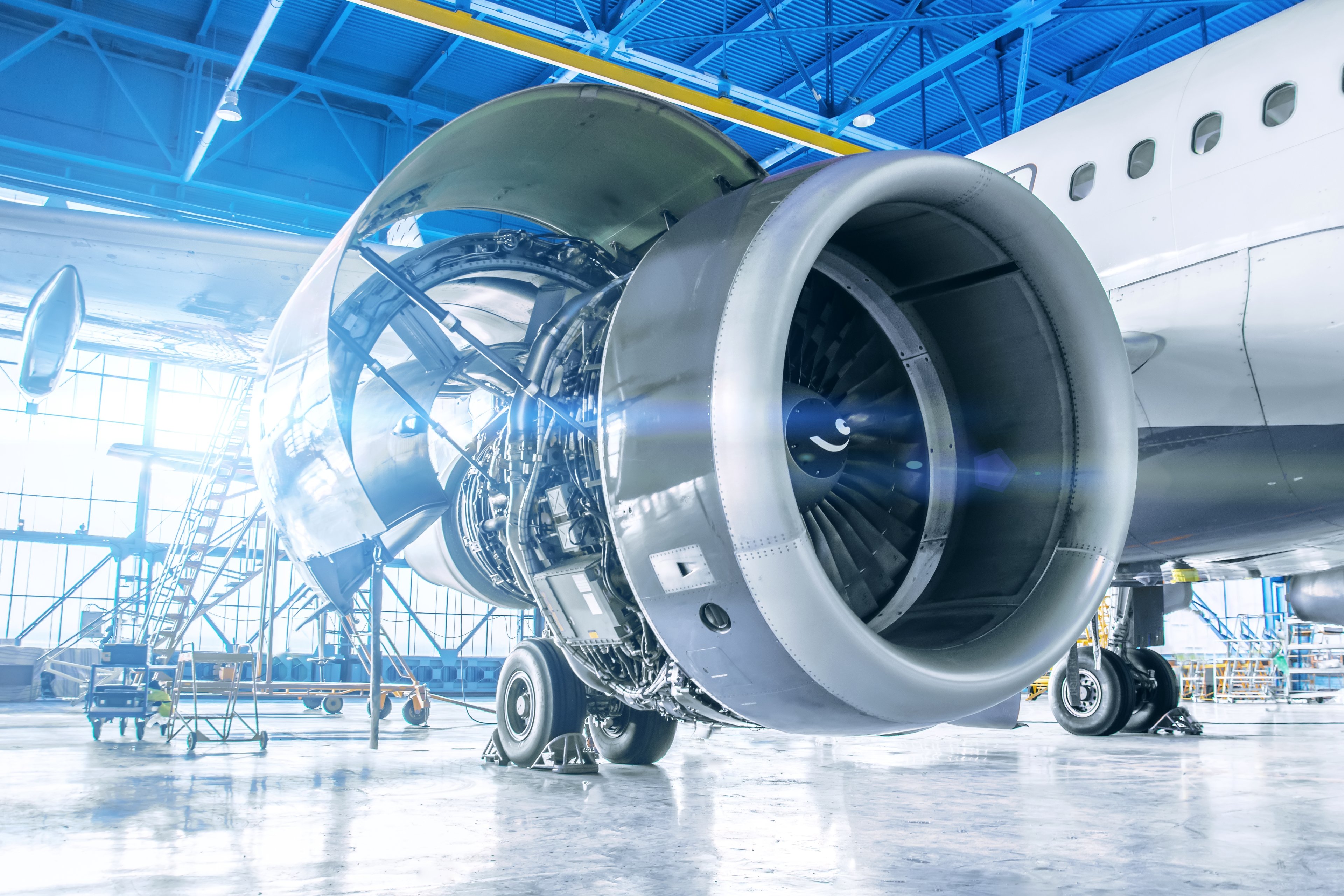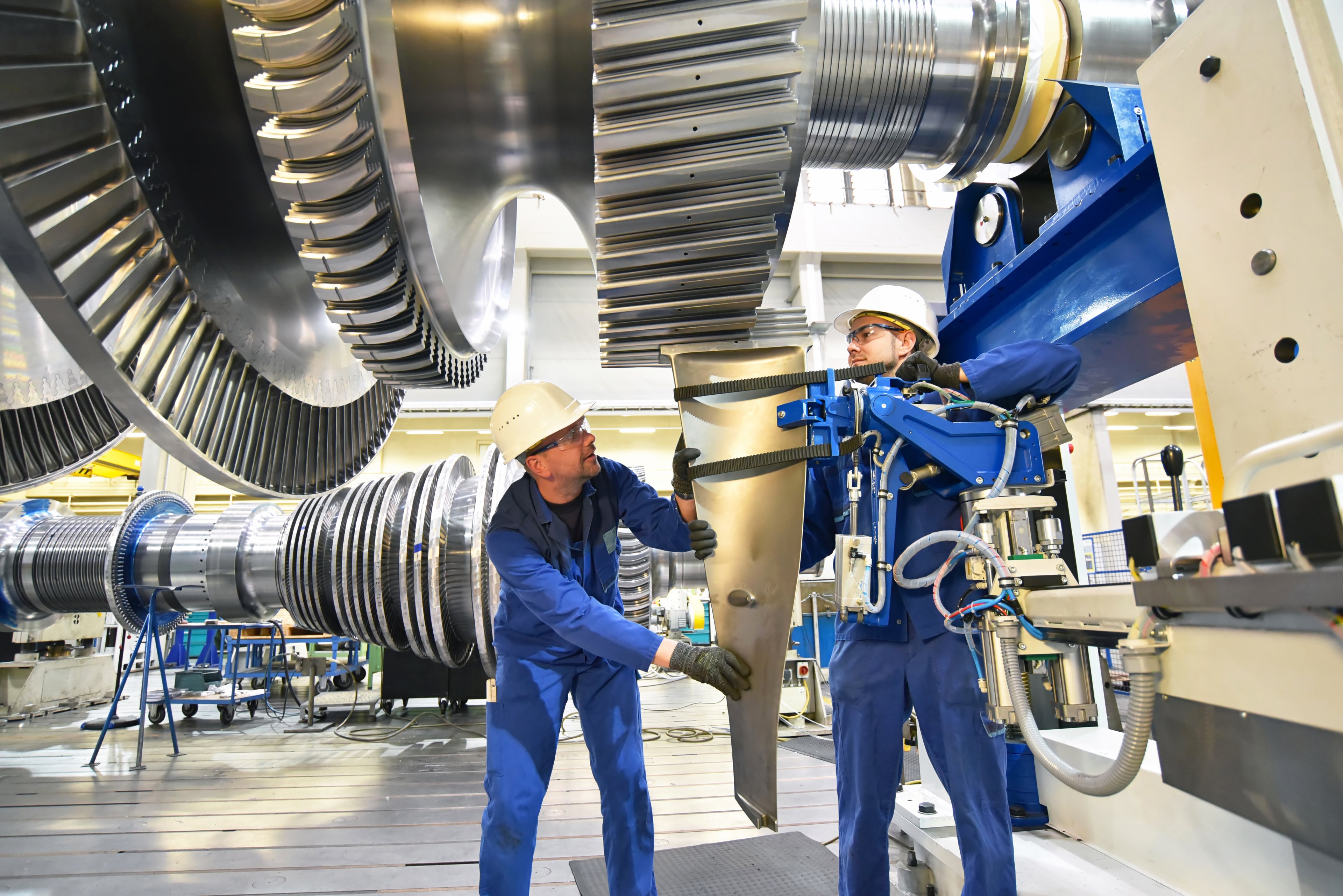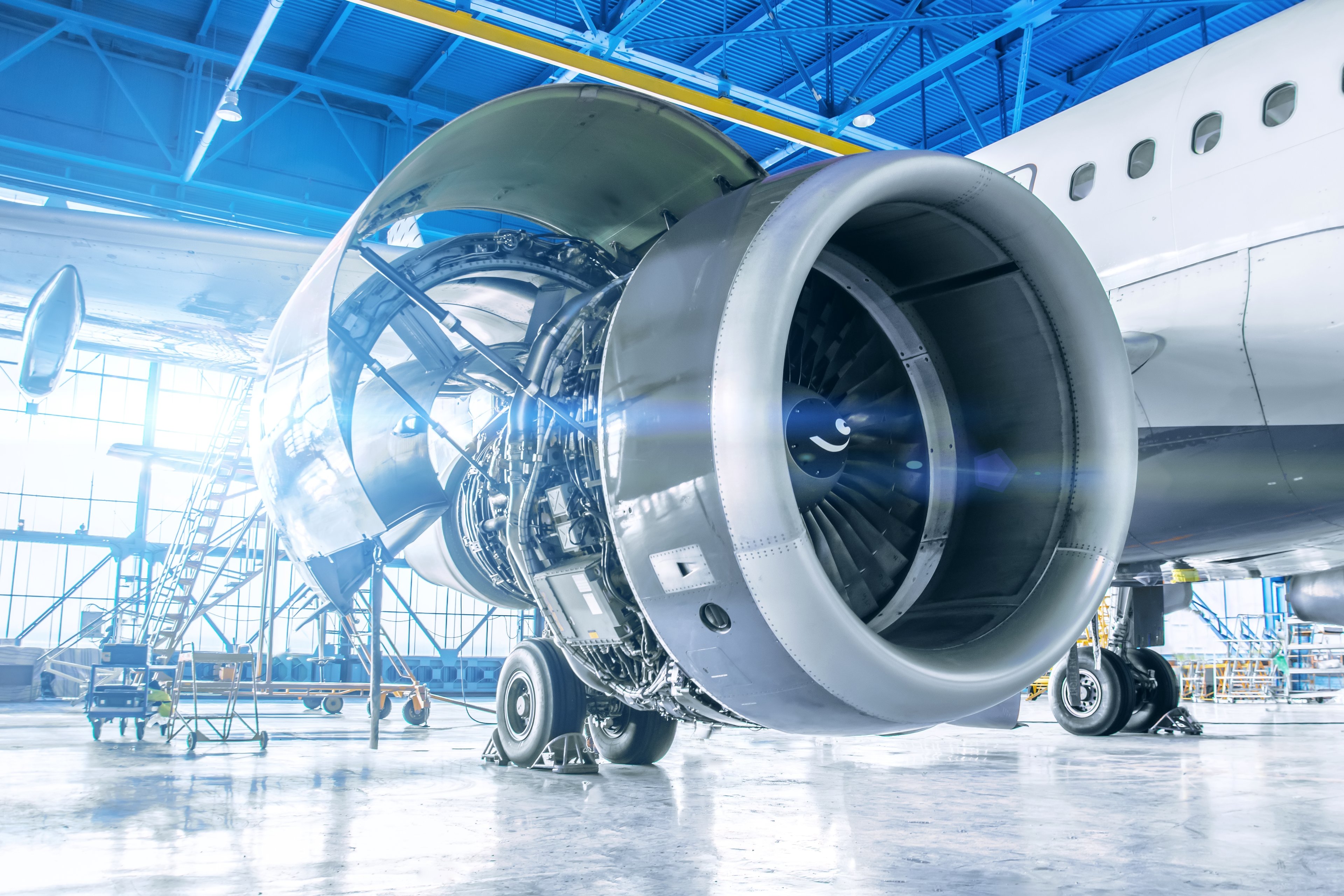GE Aerospace (GE 0.66%) stock trades up more than 60% year to date, and it's understandable if investors are starting to think it might be overvalued. However, the company's second-quarter earnings just revealed something that strengthens the investment thesis for long-term investors.
Improving long-run profit potential
Aerospace companies are typically not judged on near-term earnings, but rather on their potential for a long-term stream of recurring revenue from higher-margin services. In this case, it's GE's commercial aerospace engines.

NYSE: GE
Key Data Points
The typical model in the industry is that engines are initially sold at a loss, which reflects the long-term development costs as well as production costs, known as the negative engine margin. However, as they can be run for over 40 years, they generate a lucrative stream of aftermarket revenue when they periodically require "shop visits" for maintenance, repair, and overhaul (MRO).
It leads to an odd dynamic where GE Aerospace wants to deliver more engines for long-term profitability, but it will hurt earnings in the near term. The key is to deliver new engines, and particularly the LEAP engine (used on the Boeing 737 MAX and the Airbus A320neo family).
As you can see below, after a challenging 2024, GE is on track for 15% to 20% growth in deliveries in 2025 -- the chart shows the midpoint of that range.

Data source: GE Aerospace. Chart by author.
Digging into the details, the second quarter marked a dramatic improvement, as LEAP engine deliveries increased by 38% year over year to 410 units , following a 13% decline in the first quarter to 319 units. This increase puts GE back on track for its full-year guidance.
Where next for GE Aerospace?
While the engine delivery growth will hold back near-term profits, it will drive long-term earnings and cash flow. This is a good sign that GE is overcoming the supply chain issues that negatively impacted deliveries in 2024.





